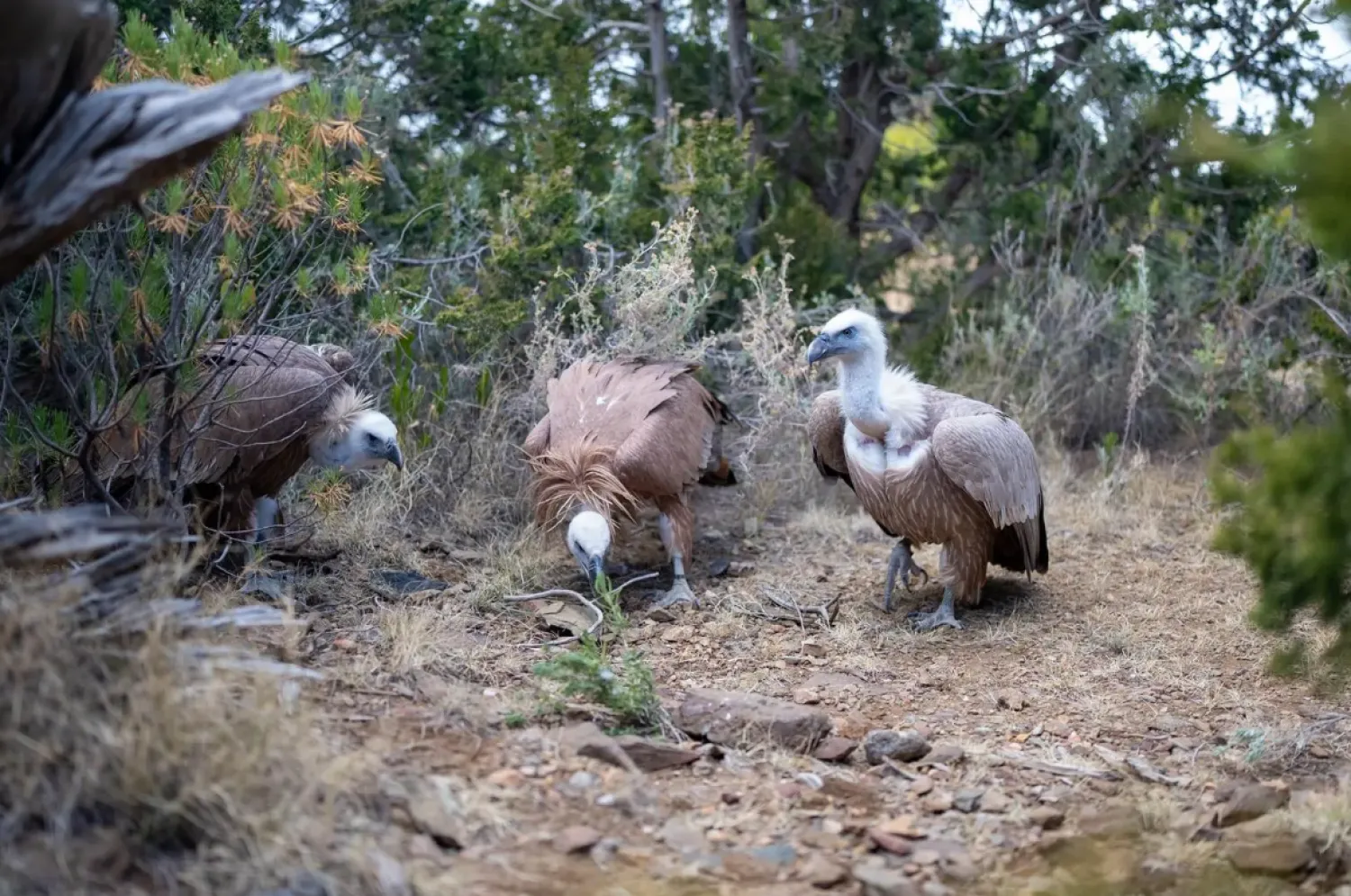Dr. Souraya Noujaim has been appointment as Louvre Abu Dhabi’s first Scientific, Curatorial and Collections Management Director, the museum announced.
Noujaim has been working on the Louvre Abu Dhabi project as Curator for Islamic Art at Agence France-Muséums over the past four years and headed the museum’s section dedicated to medieval times, based in Abu Dhabi for the majority of her tenure. In her new role she will oversee the scientific, curatorial and the museum collection management services, it said.
Chairman of the Department of Culture and Tourism – Abu Dhabi Mohamed Khalifa Al Mubarak, praised Noujaim, saying: “She has consistently brought passion and dedication to her work on the Louvre Abu Dhabi project. Souraya was nominated based on the intergovernmental agreement between the Government of Abu Dhabi and France and we are now delighted to appoint her to this fundamental role, in which she will continue to contribute significantly to Louvre Abu Dhabi’s vision as a universal museum.”
Director of Louvre Abu Dhabi Manuel Rabaté also said: “The Scientific, Curatorial & Collections Management Department plays a vital role in our core mission.”
“It is primarily responsible for assembling and helping visitors understand their path through the museum, organized around central themes of humanity. The path is illustrated by Louvre Abu Dhabi’s rich collection of masterpieces and artifacts, which originated from across the world.”
Rabaté expressed confidence that Noujaim will contribute substantially to the museum’s future success.
As for Jean-Luc Martinez, President-Director of Musée du Louvre, he said that Noujaim “has an in-depth knowledge of the challenges inherent to the recent creation of the first universal museum in the Arab world. That’s also a choice driven by continuity and mutual trust between the French and Emirati parties in order to enable Louvre Abu Dhabi to excel globally in the scientific field.”
The museum’s expanding collection of exceptional treasures now comprises more than 620 important artworks and artifacts spanning human history around the world, from ancient archaeological finds to decorative arts, neoclassical sculptures, paintings by modern masters, and contemporary installations.









